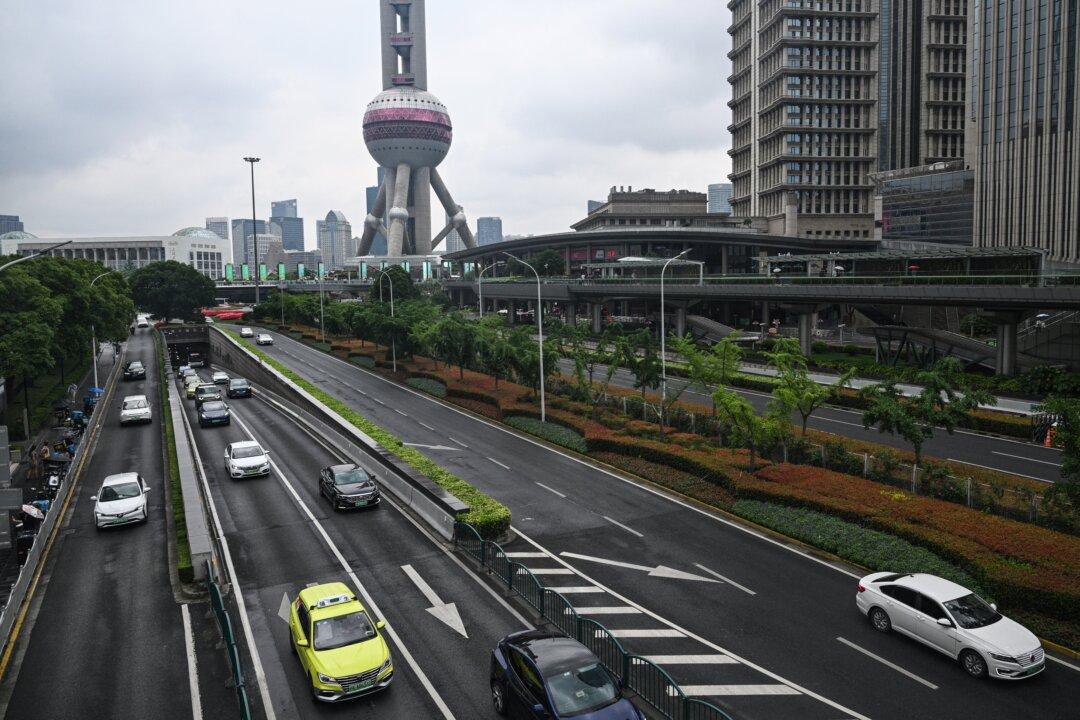The Chinese Communist Party’s (CCP) biggest ambitions in 2020 are its 14th Five-Year Plan and 2035 vision for national economic and social development. The focus is on the so-called accelerating the construction of a modern economic system based on high-quality development.
Chinese Economy Is a Mess
China’s economy was a mess when Xi came to power at the end of 2012. The country was suffering from long-term structural and institutional problems that could no longer stay hidden. Over the next eight years, the economic growth rate has continued to fall (it hasn’t yet bottomed out), and Xi’s countermeasure of “supply-side structural reform” for “new economic normal” is still far from being achievable.Xi presided over the formulation of the 13th Five-Year Plan, and now has the 14th Five-Year Plan (2021–2025) and 2035 vision (2021–2035). Xi isn’t letting go of his “Chinese dream” which is built upon his “economic thoughts”—a socialist ideology of a Marxist political economy.
Limitations of China’s Manufacturing Dream
In the eyes of the CCP, modern industry is the core of the economy. The idea is to build an industrial group driven by advanced manufacturing and modern service industries, while advanced manufacturing serves as the cornerstone.The CCP’s idea isn’t entirely based on economic concern, but rather political and military ambitions. While China is known as the world’s second-largest economy, what lies behind this false image is plenty of shortcomings.
According to data published by the United Nation’s statistics division, China accounted for 28 percent of global manufacturing output in 2018. That puts the country more than 10 percentage points ahead of the United States, which had the world’s largest manufacturing sector until China overtook it in 2010.
With total value added by the Chinese manufacturing sector amounting to almost $4 trillion in 2018, manufacturing accounted for nearly 30 percent of the country’s total economic output.
However, the “world’s factory” manufactures generally low-end products, mainly due to advantages in cheap labor and scale of production. Compared with the United States, Germany, and Japan, there is a big gap.
According to the State Council’s website, the CCP officially recognized that “China’s manufacturing industry is currently large without being strong due to its lack of innovation and internationally-competitive companies, as well as its dependence on foreign companies for many core technologies and capital equipment. The CCP also acknowledges that the days of double-digit growth in manufacturing output have come to an end due to inefficient traditional methods and a lack of high-end manufacturing.
“Therefore, the country needs to upgrade the quality of its industrial base.”
According to a report published by the Chinese Academy of Engineering, titled “A Study on the Issues of Conducting China’s Manufacturing Power Strategy,” China’s manufacturing industry still relies on the scale expansion model: “China is far behind developed countries such as the United States, Germany, and Japan ... the sales profit rate of China’s manufacturing ... is still lower than that of the United States, Germany, and South Korea.”
Obstacles in Upgrading China’s Manufacturing
As ambitious as the Made in China 2025 strategy is, two major factors have collapsed the technological foundation for upgrading China’s manufacturing industry.First, the deteriorating relationship between China and the United States is advancing toward a new cold war. Decoupling between both countries looks like an inevitable consequence, particularly in technology and education. In the context of globalization, other countries are moving their factories out of China.
The CCP’s large-scale acquisition of advanced technology from the United States and other Western countries has basically been cut off. Without the advanced technology sources, the technological foundation to upgrade China’s manufacturing industry has collapsed.
Second, it’s well known that China seriously lacks technological innovation. This has created a long-term challenge for the Chinese economy. The foundations of China’s economy, such as entrepreneurship and craftsmanship, rarely exist after 70 years of communist rule. In other words, an economic environment for independent R&D has never truly existed in the country.

Conclusion
The CCP’s propaganda media stated that the 14th Five-Year Plan and the 2035 vision set its eyes on pursuing “innovation-driven development and shaping new development advantages” and “developing a quality workforce,” according to the proposals. However, due to the lack of concrete and effective measures, the CCP is simply wasting tax dollars.With a socialist mentality and communist atmosphere, the lofty goal of advancing manufacturing in China is just another political slogan and empty talk.





